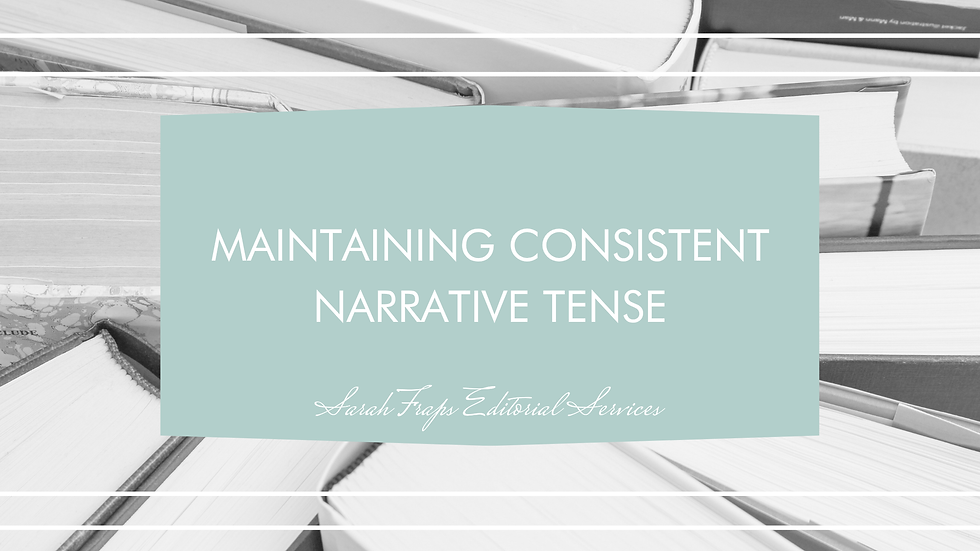Line- and copyediting versus proofreading
- Sarah Fraps

- Dec 16, 2022
- 3 min read
Updated: Nov 7, 2025
Sometimes, it can be difficult to keep the stages of editing straight and remember exactly what each one includes. From my experience, copyediting and proofreading seem to cause the most confusion. In the business world, "proofreading" and "copyediting" are often used interchangeably. The differences, however, are distinct, and if you wish to self-publish, knowing the difference between the two is important.

Stages of editing
The most important part about any discussion of the stages of editing is simply the fact that there are stages. Generally, in the traditional publishing world, four stages are recognized, and if you publish a book through a traditional publisher, your book will go through each stage.
I know I sound like a broken record, but it bears repeating: if you seek to produce a high-quality book that is ready for market, plan to mimic traditional publishing by taking your book through as many stages of editing as possible.

In a nutshell: line editing and copyediting are sentence level edits concerned with consistency and clarity in style and mechanics. Proofreading is purely concerned with mechanics of the very basic variety. As it says in the name, the proofreader reads the final page proofs to find the remaining small errors (extra spaces, typos, repeated words, misspellings, etc.) that may have been missed in an earlier editing stage. The changes they make are small so as not to change the final proofs. This is how the book will look when it is finally printed.
Examples
Note: For some reason, the strikethrough doesn't always appear, so I've placed text that has been removed in parentheses.
Take the following sentences:
She found the book on the shelf where she left it, it had been right under her nose. She felt silly thinking she had lost it..
A proofreader will do everything in their power not to make any major changes to the text. A proofread would look something like this:
She found the book on the shelf where she had left it(,); it had been right under her nose. She felt silly thinking she had lost it.(.)
Here, the proofreader makes a correction to verb tense, fixes a comma splice, and deletes the second period, leaving everything else unchanged.
Now consider the next set of sentences:
The boat looked sturdy. This was important for what he had in mind. The fog was thick. It was impossible to see in any direction. Now, if only I had some rope, he thought. He couldn’t see any close by.
A line- and copyeditor might make the following mechanical corrections and stylistic suggestions:
The boat looked sturdy., whichwas important for what he had in mind. (The) Thick fog (was thick.) made it (was) impossible to see in any direction. Now, if only (I)he had some rope!(, he thought.) But he couldn’t see any (close by) within reach.
Here, the line- and copyeditor makes changes to word order, sentence structure, word choice, and even introduces free indirect speech to remove the “he thought” tag.
The difference
The distinct difference is the level of alteration to the original text. A proofreader will not change:
Style
Diction, unless it poses a word use problem
Sentence structure
Word order
Sentence order
A line- and copyeditor, as seen above, may make many alterations to a text in, what some may consider to be, a fairly subjective process. But proofreaders and copyeditors do hold one thing in common: they are bound to house style or author preference. What they do with the given style and preferences, however, is dictated by their experience, training, and role in the overall editing process.
Knowing the differences between the stages of editing are key to knowing what to ask when you hire an editor and will help you find the right kind of editor for your manuscript.








Comments